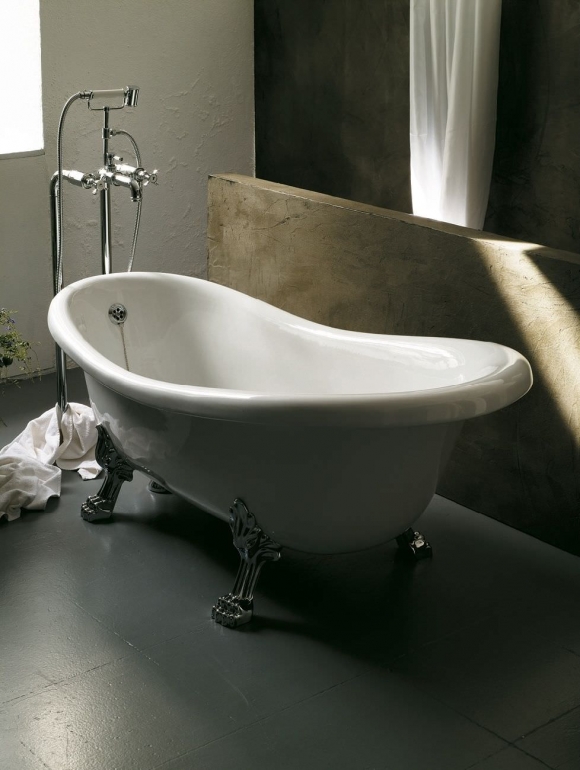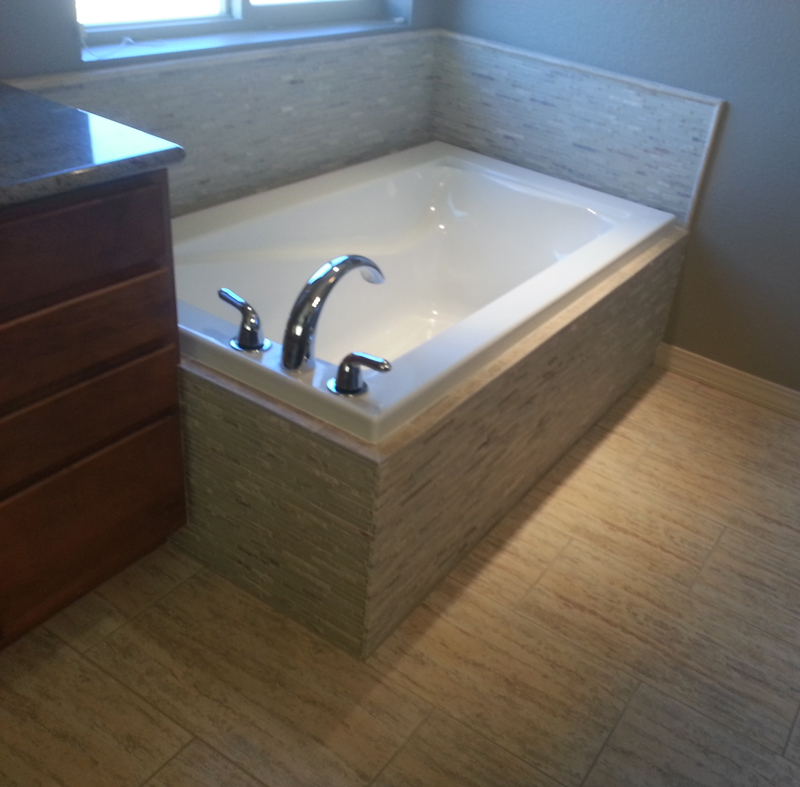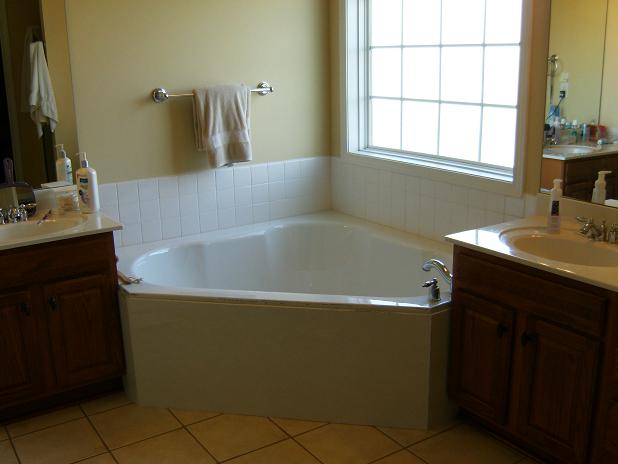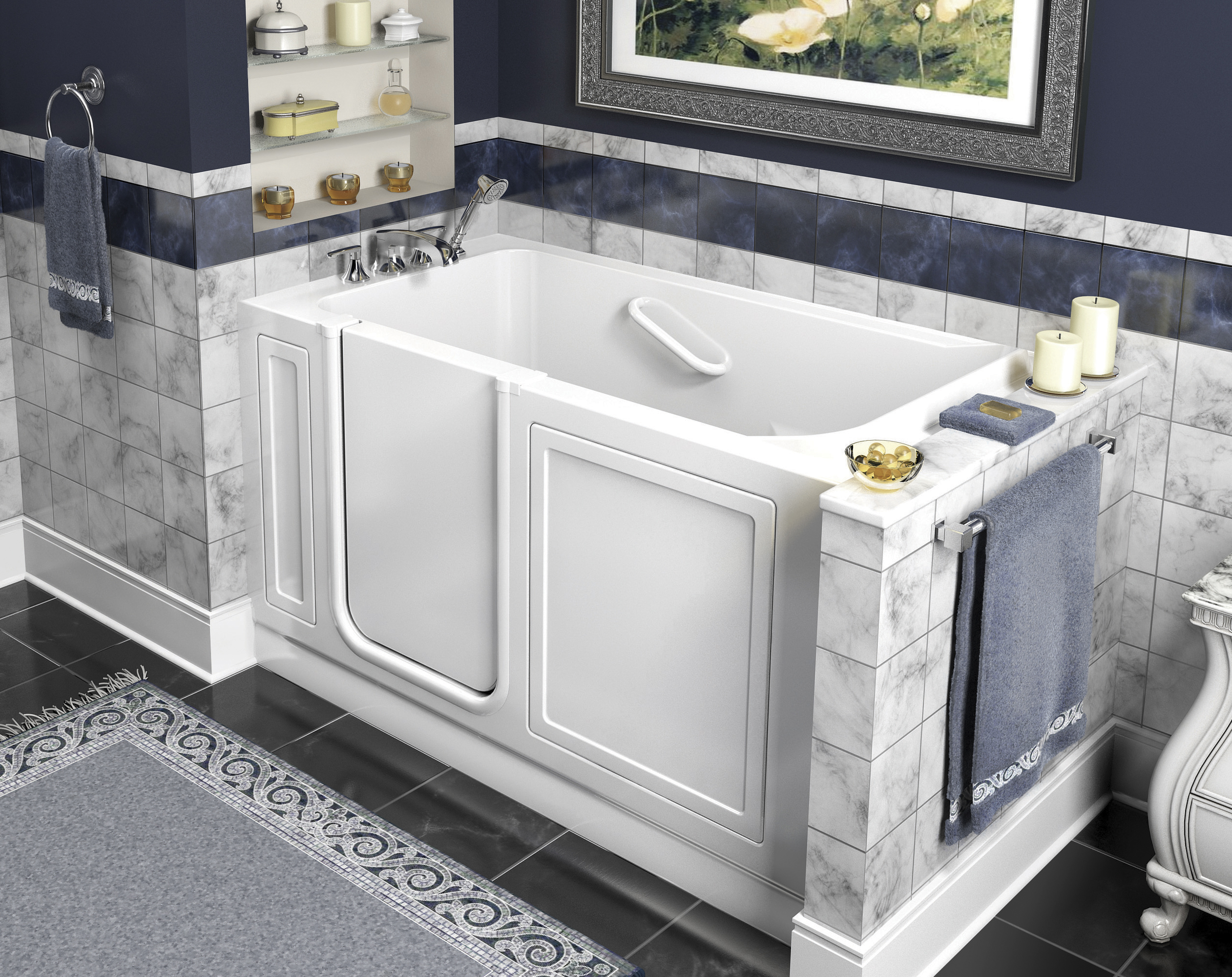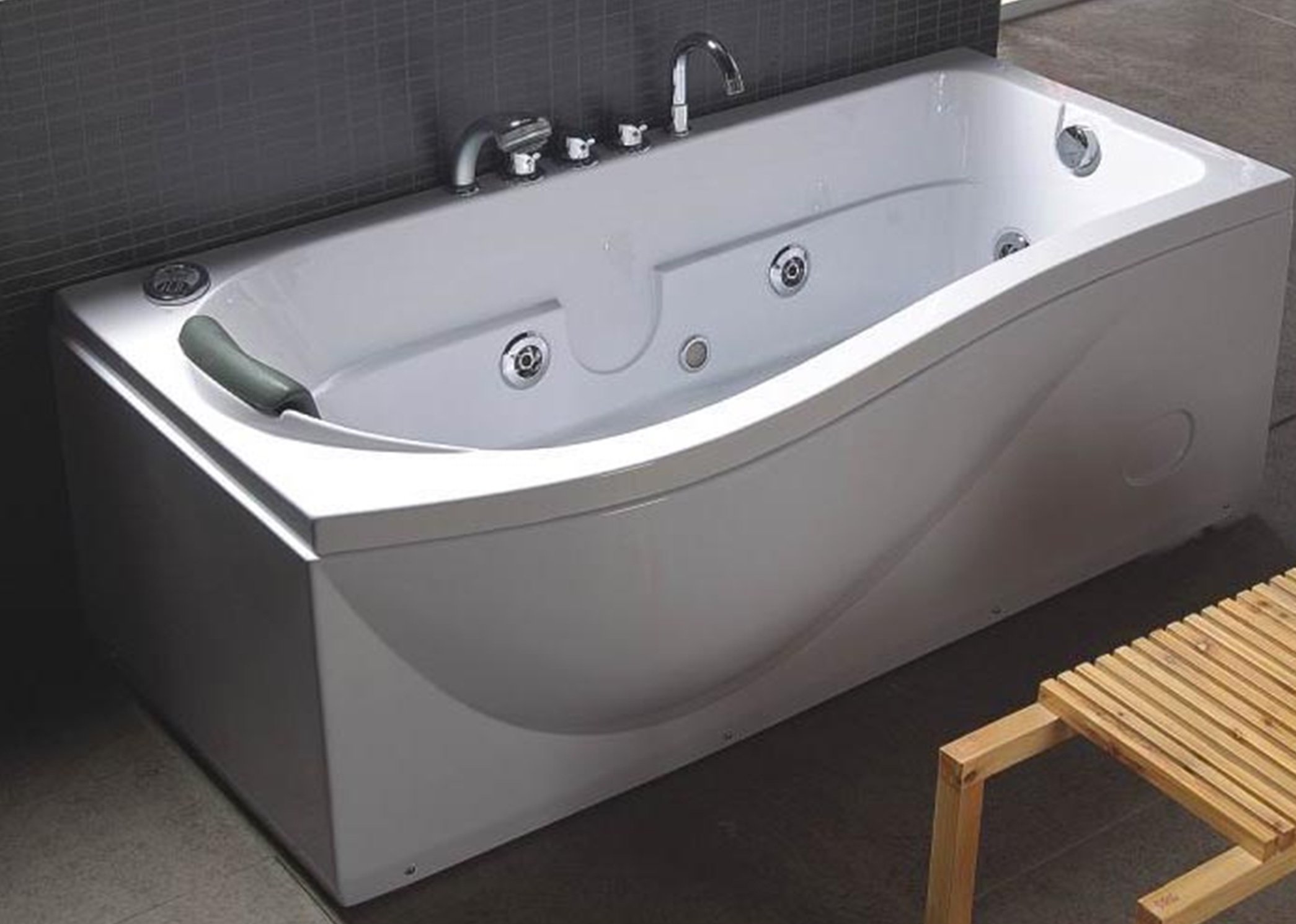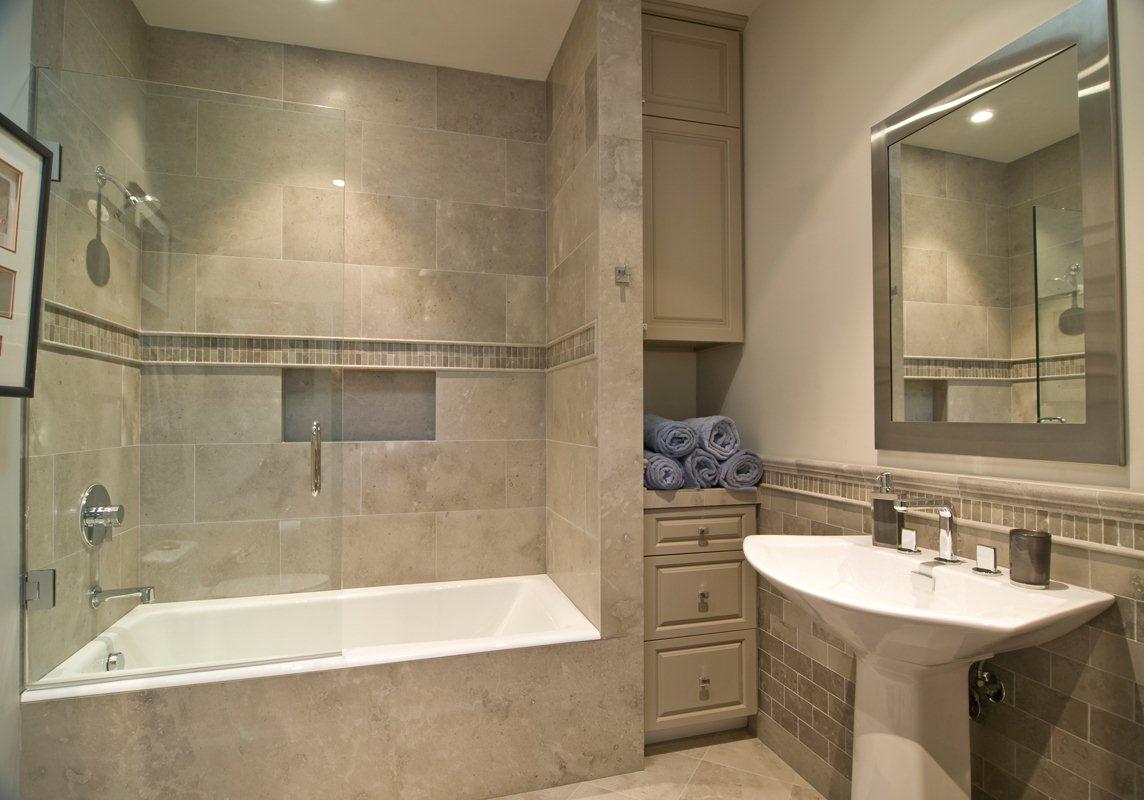For those of you who are accustomed to having a bathtub in your home, I don’t have to go through the list of reasons why you might find life extremely difficult if you suddenly lost this particular luxury. For those of you that are used to using a standing shower to wash away the dirt of your days, let me take this opportunity to advocate that you consider renovating your bath to include a bathtub that can make all your troubles melt away like lemon drops!
We have compiled here a quick and easy guide to the latest bathtub trends 2016. So sit back, relax and as you read through the options available, imagine yourself already sunk deep within your future bathtub as the warm water soothes, massages and melts away the tension of your life in the big city.
TYPICAL BATHTUB TYPES
1. Freestanding – This is the bathtub you saw in movies as a kid, standing on little claw-foot legs in the bathroom of your favorite TV characters. This type of tub occupies a space all its own, often as a centerpiece of the bathroom. Clawfoot tubs or tubs with bases fit into this category, as do several other stylized options such as copper soaking tubs.
photo courtesy of www.booie.net
2. Drop-in – Supported on all sides by its rim, this tub might be inserted into a raised platform or installed below floor level. Often times these bathtubs are installed into or incorporated into an existing bathroom architecture, and often in elaborate or large baths.
3. Corner – Corner bathtubs are designed to fit into the corner of the bathroom and usually aren’t very spacious because of their triangular shape. The only real advantage of a corner tub is its ability to save space in a small bathroom.
4. Walk-In Bathtubs – Walk-in bathtubs are the best option for those folks who might have mobility issues, or who might be concerned with slip and fall accidents when entering and exiting the tub. Walk-in tubs are usually installed as stand-alone, no-frills tubs, or they can be equipped with features designed to allow for a semi-therapeutic home experience. Many walk-in tubs have built-in seats, nonslip floors, and handrails for added safety. Although today’s bathroom trends are drifting away from show-tub combinations, walk-in tubs are often equipped with hand-held shower heads.
5. Whirlpool Bathtubs – Whirlpool or Jacuzzi tubs can be stand-alone fixtures or situated on the side of wall (alcove). This variety of tub is perfect for those folks who might be experiencing regular joint and muscle pain. Similar to freestanding tubs, whirlpools come in all different shapes and sizes. If you can make this bathtub a reality in your home, this is by far the most luxurious option.
6. Alcove – The alcove bathtub is probably the most common tub style found in the United States and has only one finished side. It’s made to fit into a typical three-sided alcove that’s about 5 feet wide and 30-36 inches from front to back. Often, it’s part of a tub-shower combination. The alcove type of tub can also incorporate many of the features of the above mentioned tubs, but the cost will significantly increase with each added feature.
BATHTUB CONSTRUCTION MATERIALS
1. Probably about 90% of tubs sold in the United States are made of a molded acrylic. Acrylic is resistant to chipping and cracking, and the non-staining, non-porous surface is one of the easiest to clean. Also, with acrylic tubs, the color options available are many allowing for a very easy transition into an already existing bathroom color scheme.
2. A very popular, but expensive option for a bathtub is copper. Copper tubs can be ideal if you’re looking for something to match Victorian or rustic décor. Copper tubs, along with wooden tubs, were one of the first know materials used to make bathing tubs. Something to consider with copper tubs is that copper scratches easily and the metal achieves a patina with age.
3. A very unique option for your bathtub is a wood or stone tub. These tubs make a very bold statement, but at the same time are extremely expensive, difficult to clean and maintain, and tend to appear worn and ragged over some amount of time. Also, a wood tub is generally prone to rotting and warping.
4. Porcelain-coated, cast-iron tubs are extremely durable and do a great job at retaining the heat of the water you ad. Cast-irons tubs are somewhat more expensive than acrylic options, but typically have an overall better look and feel as there is no bend or give in the walls as you enter and exit the tub. Cast-iron tubs are also extremely heavy, which can make installation slightly more costly and difficult.Porcelain enamel coatings offer the widest variety of color options among bathtubs, but chipped finishes are difficult to repair.
5. Enameled steel is generally made as a cheaper alternative to cast iron, allowing the look without the cost, these tubs chip more easily.
6. Often acrylic tubs are reinforced with fiberglass, but gel-coated fiberglass is not as common as it was 15 years ago. It’s inexpensive, but it scratches easily and is impossible to repair if chipped.

